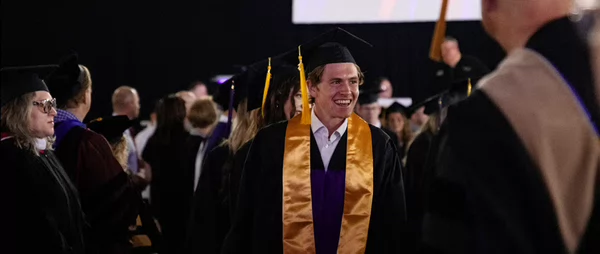Taylor’s education is excellent, but it also requires a sacrificial investment. There is no denying that the traditional higher education financial model is under great pressure, and we risk pricing out families that used to be our core constituency. Growing our endowment is one of the key tools at our disposal as we seek to future-proof our operations to stay true to our Christian mission. In addition to long-term efforts to grow resources that can help subsidize Taylor’s undergraduate education, there are financial aid adjustments that can help keep us within striking distance of key competitors while offsetting declining net tuition revenues by recruiting larger classes. We also aspire to secure significant additional philanthropic dollars to make all of this possible.
- Launch Taylor's most ambitious comprehensive fundraising campaign and achieve goals that relate to growing the number of donors to the university, increasing the percentage of alumni giving, and securing three of the largest gifts in Taylor's history (exact measures to be presented to the Board in fall of 2022). [Years 1-5]
- With affordability at the center, use the comprehensive campaign to significantly grow the university's scholarship resources but also increase alumni and donor engagement in other measures (e.g., praying for the university, recommending it to prospective students—exact measures to be presented to the Board in fall of 2022). [Years 1-5]
- Restructure scholarship dollars to make Taylor more affordable and allow us to compete for a greater number of students, including more diverse students. [Year 1]
- Raise endowment dollars for academic programs, academic equipment, facilities, and student scholarships (exact measures to be presented to the Board in fall of 2022). [Years 1-5]
- Raise $16 million for the Taylor Fund over the next five years. [Years 1-5]
- Continue to grow resources secured by our Stewardship Planning Ministry. [Years 1-5]

